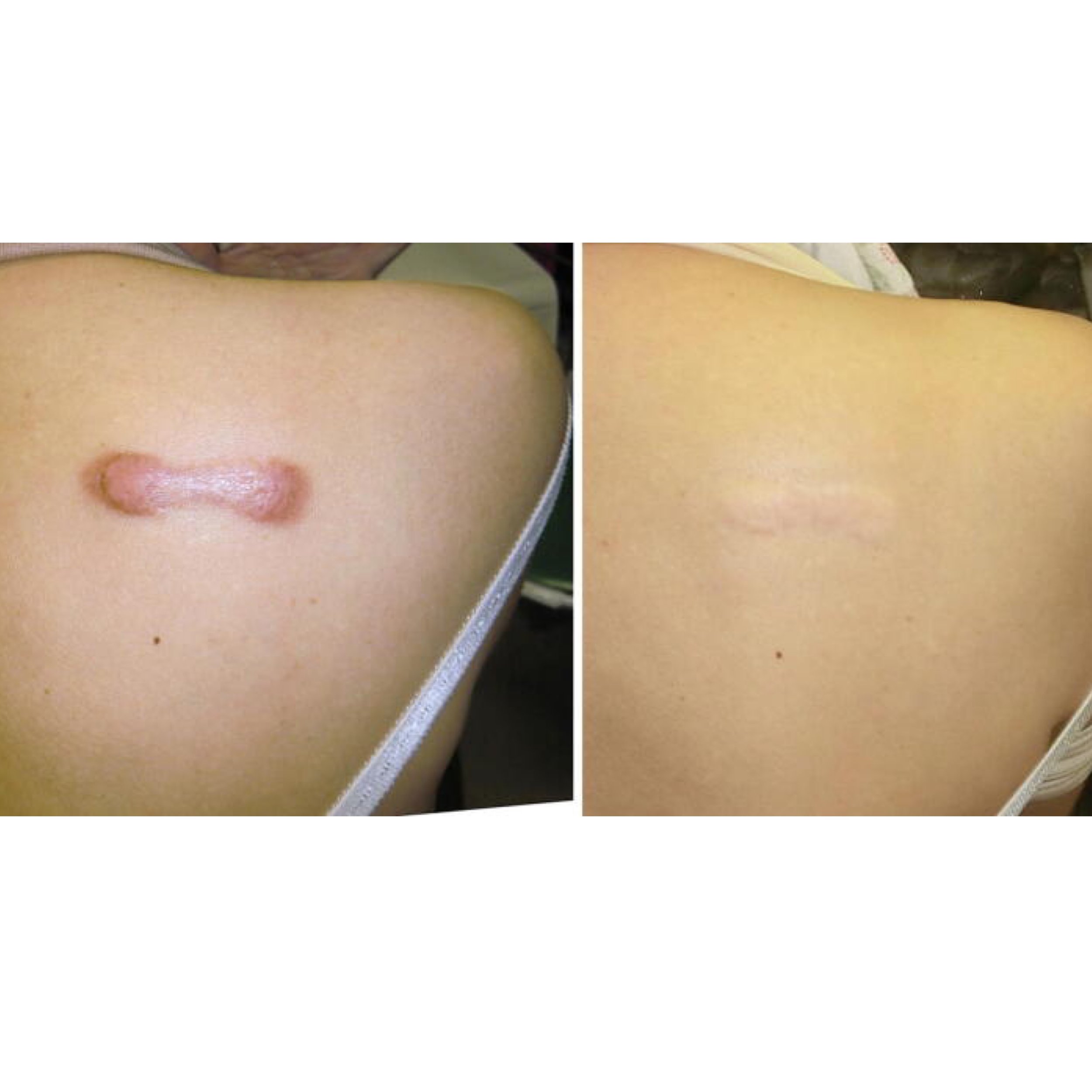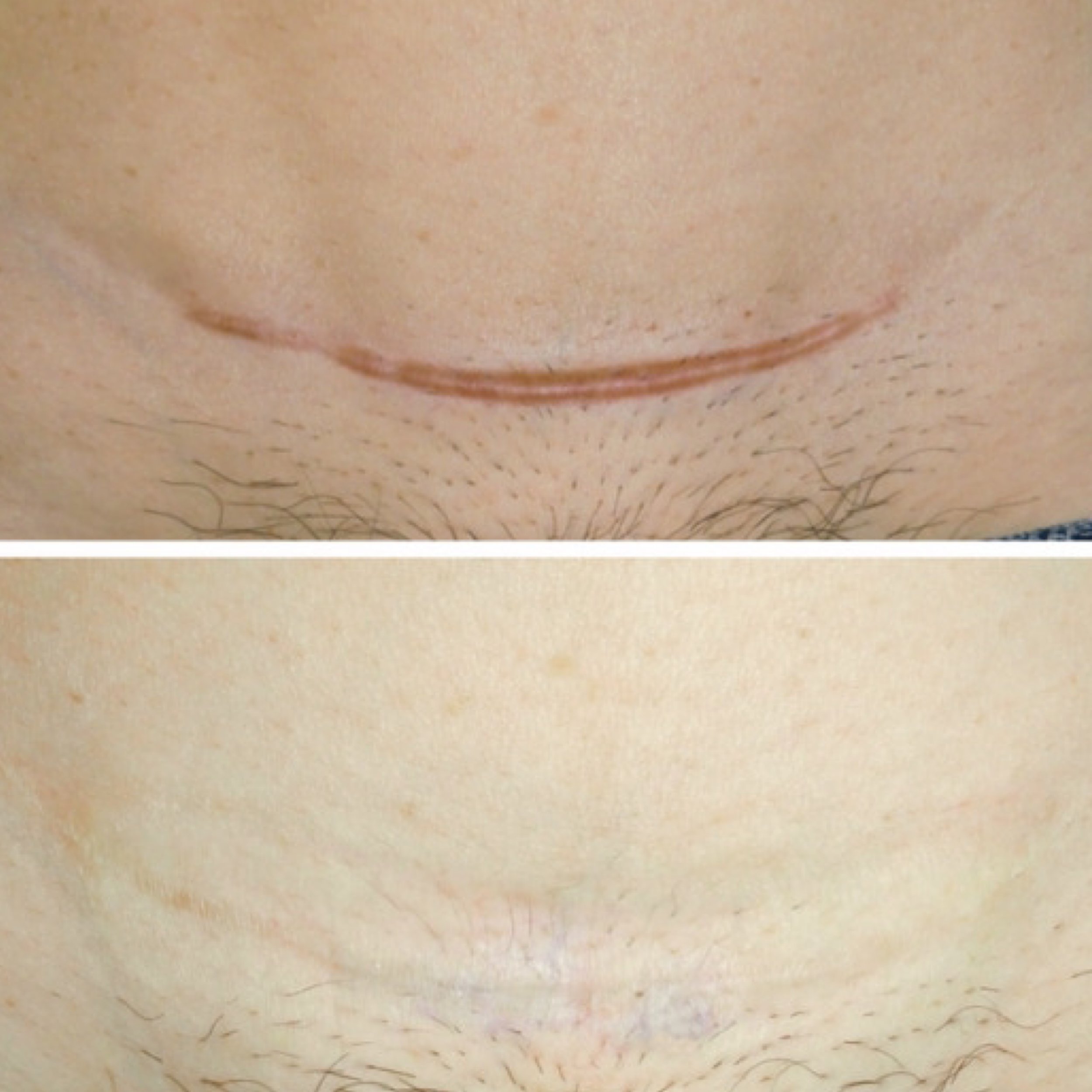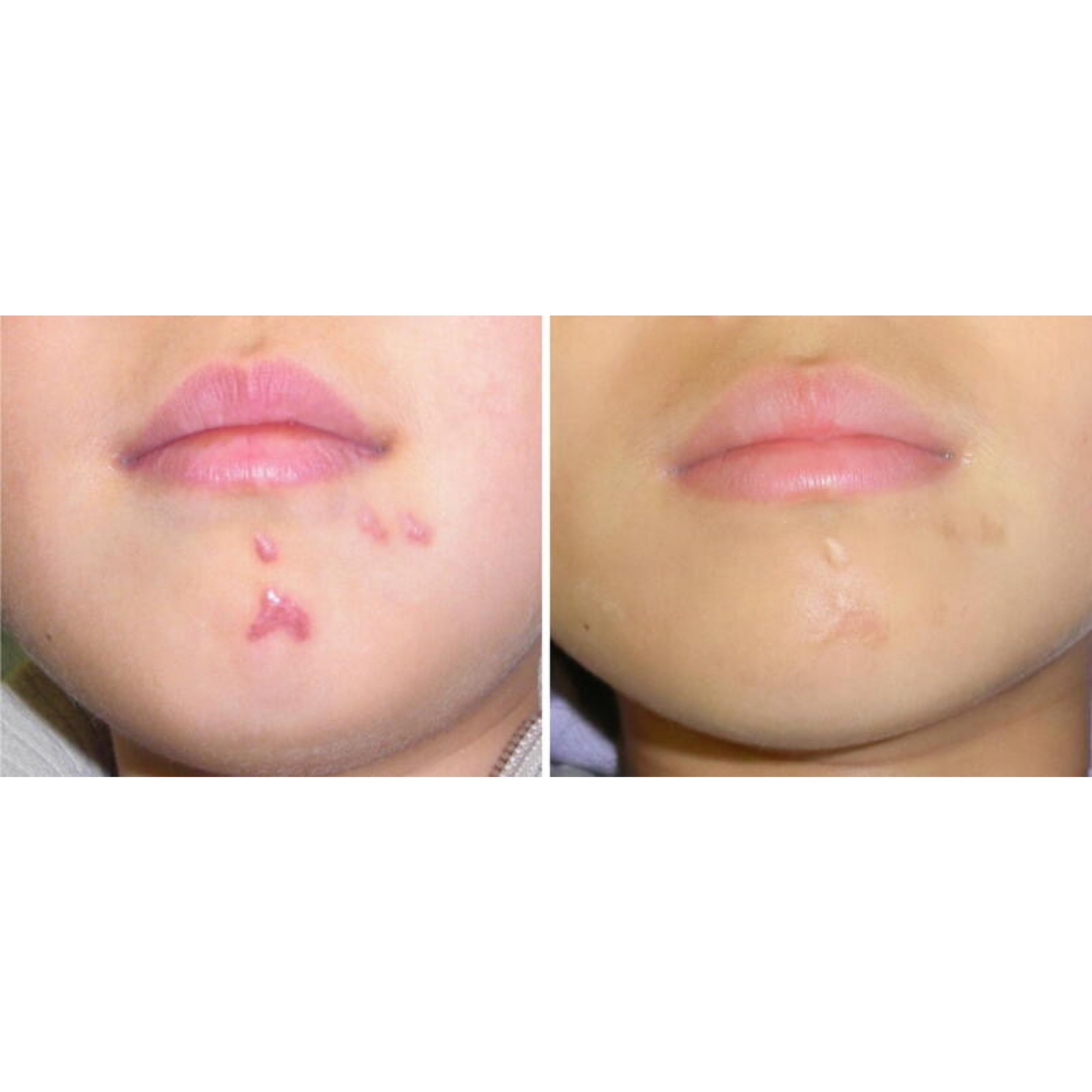 Image 1 of 1
Image 1 of 1


Laser Tattoo Removal
Regretting a Tattoo? You’re Not Stuck With It.
Whether it’s been years or just a few months, the good news is that tattoos no longer have to be permanent.
Laser tattoo removal works by directing high-energy light beams at the tattoo ink, breaking it into tiny particles that are naturally cleared by your body’s immune system.
We use Q-switched laser technology, which delivers ultra-short pulses lasting just nanoseconds (a billionth of a second). These rapid bursts are powerful enough to shatter the ink without damaging the surrounding skin—thanks to how briefly the energy stays in the tissue.
Complete removal takes multiple sessions, as tattoo ink sits at various depths in the skin. Darker or more densely inked tattoos generally require more treatments than lighter, shaded designs.
Regretting a Tattoo? You’re Not Stuck With It.
Whether it’s been years or just a few months, the good news is that tattoos no longer have to be permanent.
Laser tattoo removal works by directing high-energy light beams at the tattoo ink, breaking it into tiny particles that are naturally cleared by your body’s immune system.
We use Q-switched laser technology, which delivers ultra-short pulses lasting just nanoseconds (a billionth of a second). These rapid bursts are powerful enough to shatter the ink without damaging the surrounding skin—thanks to how briefly the energy stays in the tissue.
Complete removal takes multiple sessions, as tattoo ink sits at various depths in the skin. Darker or more densely inked tattoos generally require more treatments than lighter, shaded designs.







